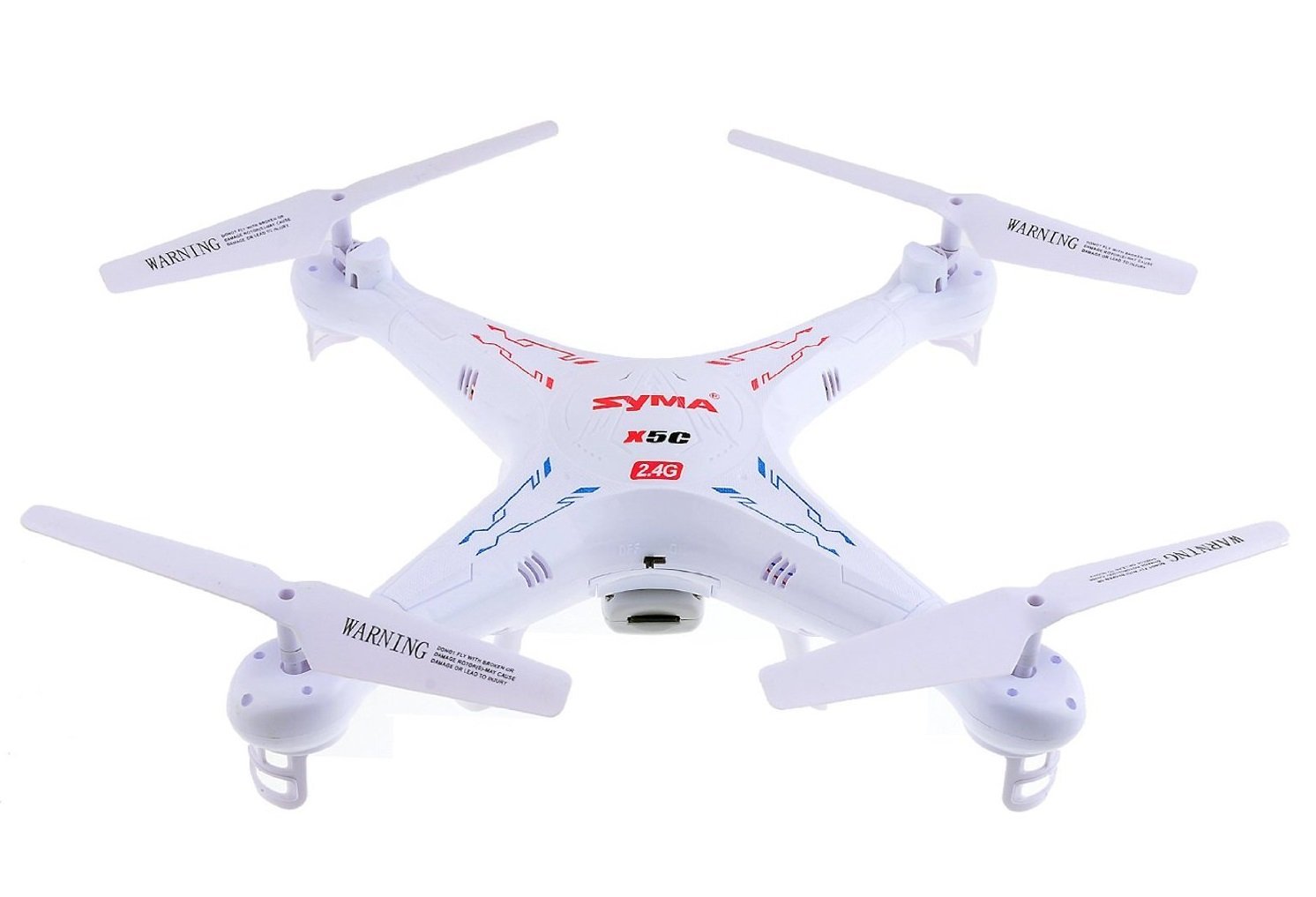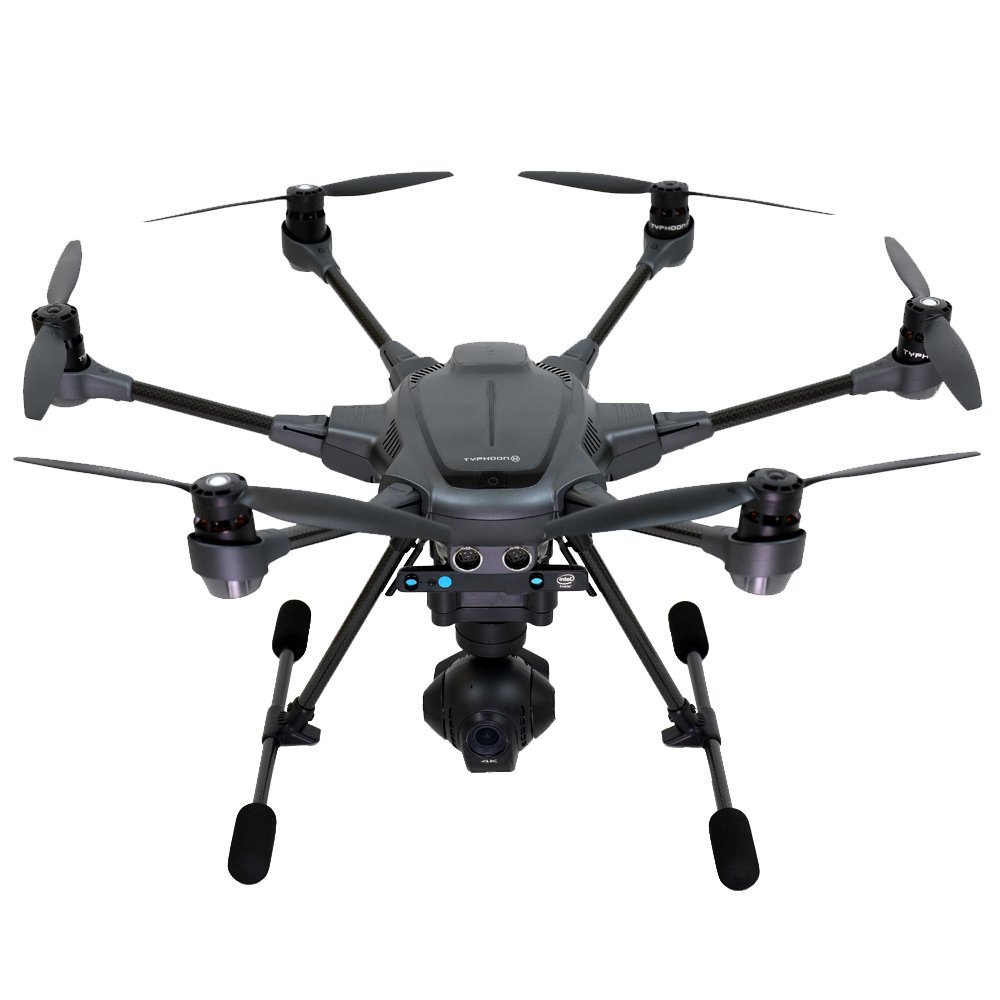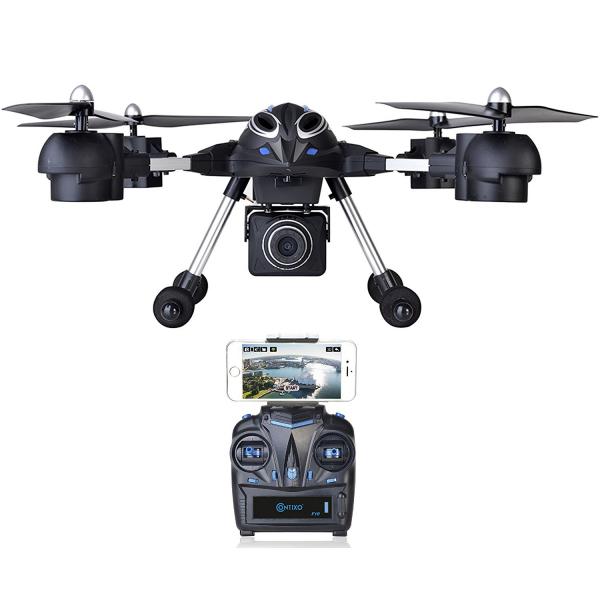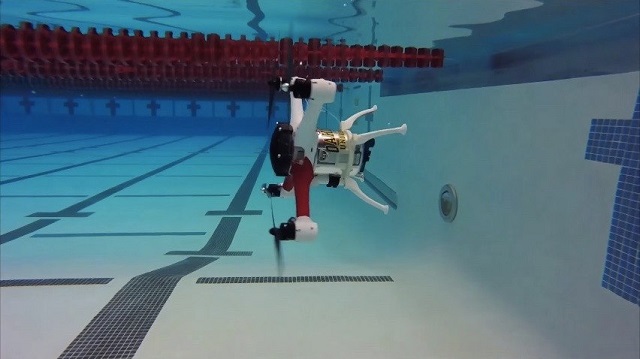EHang 184, world’s first electric, personal autonomouse aerial vehicle (AAV), has been designed to make commuting a lot easier by performing daily flights on short to medium distances.
EHang, a Chinese company that focuses on the R&D, manufacture and sale of intelligent UAVs. After testing the skies with the user-friendly and already commercially available Ghost Drone, and the Avatar VR goggles, the company has decided to showcase an even more innovative product that this year’s CES. It’s one thing that the EHang 184 drone’s destination can be established in a companion app, and a completely mindblowing different thing that it’s actually capable of transporting humans to that destination, and all that on its own. And you thought that autonomous cars are cool?

“It’s been a lifetime goal of mine to make flight faster, easier and more convenient than ever. The 184 provides a viable solution to the many challenges the transportation industry faces in a safe and energy efficient way,” said EHang CEO Huazhi Hu. “I truly believe that EHang will make a global impact across dozens of industries beyond personal travel. The 184 is evocative of a future we’ve always dreamed of and is primed to alter the very fundamentals of the way we get around.”
The model number of this EHang drone isn’t as meaningless as it may first seem, as the AAV is able to carry one passanger, has eight propellers and four arms. It should be mentioned that the passenger does not require a pilot’s license, since EHang 184 handles all of the flight parameters without any human intervention.
As far as the drone’s battery is concerned, it takes two hours to fully charge it. Upon doing so, it can carry a single person weighing up to 220 pounds (100 kg) for 23 minutes at sea level. If you happen to weigh less than that, there’s room for a small backpack in the cabin, so you get to take your essentials with you while heading to work. Granted, 23 minutes are barely enough for reading anything, but EHang thought it would be wise to include a reading light, anyway. On top of that, the cabin is equipped with air conditioning.
Controlling the drone is fairly easy, as it only responds to two commands, “take off” and “land,” which are sent over from a Microsoft Surface tablet.
https://www.youtube.com/watch?v=IrPejpbz8RI&feature=youtu.be
For the time being, the 8 motors that amount for 106 kW of power can only fly the drone between 1,000 and 1,650 feet (300 and 500 meters), which may seem rather inadequate for commuting. Hopefully, EHang will equip future models with larger-capacity batteries and more powerful motors. Otherwise, this will remain a toy for rich people who are too lazy to get from one corner of their backyard to another.
Speaking of the price, the EHang 184 will sell for $200,000 to $300,000 starting this year, but registering this drone with the FAA won’t be that easy. FAA’s administrator, Michael Huerta, couldn’t be reached for a comment, despite him being present at CES 2016, as well.
Be social! Follow Walyou on Facebook and Twitter, and read more related stories about the 2016 DJI Developer Challenge and mobile SDK 3.0, or the Holy Stone F181 RC quadcopter drone.










